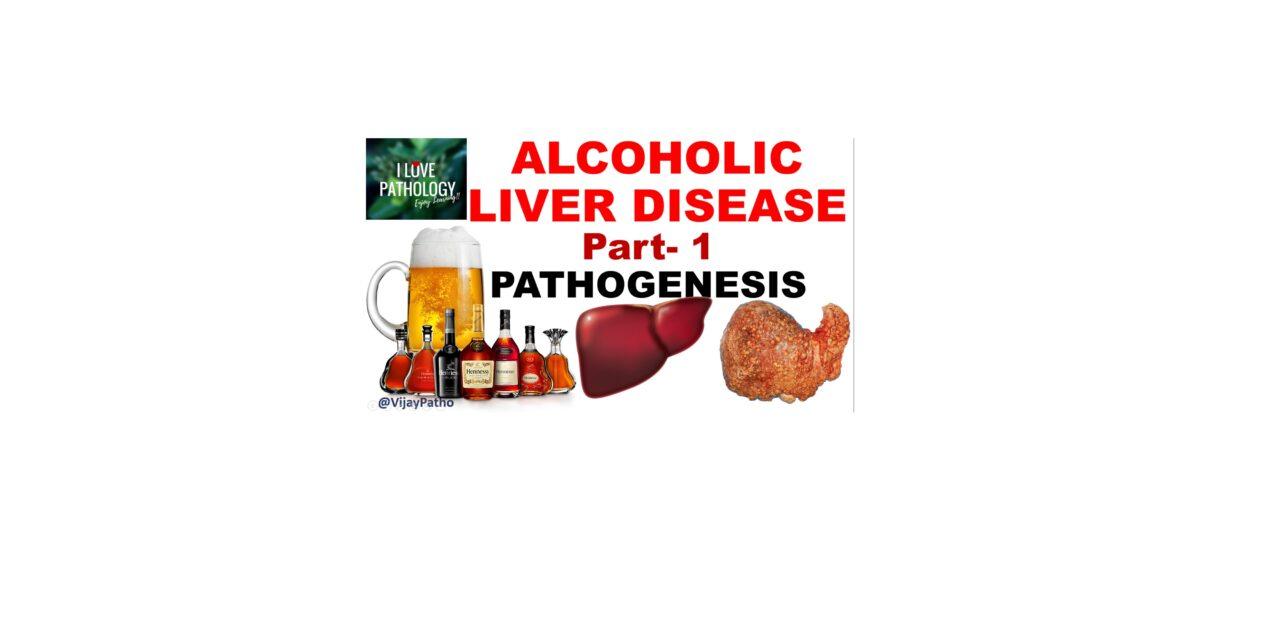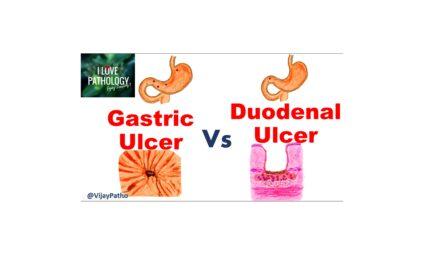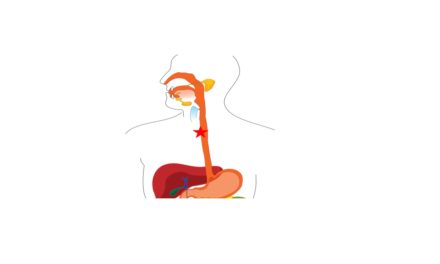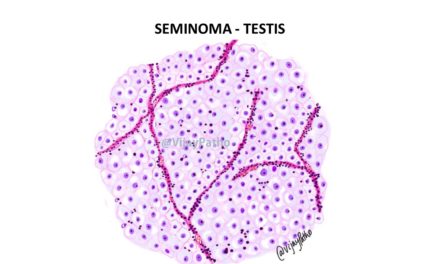ALCOHOLIC LIVER DISEASE
Excessive alcohol (ethanol) consumption is a major cause of liver disease, accounts for 5.9% of deaths globally
– leads to death and disability earlier in life than other forms of chronic liver injury
Three forms of ALCOHOLIC INDUCED LIVER INJURY
1. Steatosis, or fatty change
2. Alcoholic steato-hepatitis
3. Fibrosis, which leads To cirrhosis
Pathogenesis
Dose : 80 g of alcohol (six beers or 8 ounces (240ml) of 80-proof liquor[40%v/v]) over one to several days results in mild, reversible, hepatic steatosis
daily ingestion of 160 g or more for 10 to 20 years results in severe liver injury
However Only 10% to 15% of alcoholics develop cirrhosis, which means there are other factors which play role in the pathogenssis.
Gender : women are more susceptible
Ethnic and genetic differences: Cirrhosis rates are higher for African Americans than for Caucasian Americans
Genetic variation in alcohol detoxifying enzymes and cytokine promoters
Comorbid conditions: Iron overload, nonalcoholic steatohepatitis, and infection with HCV and HBV, Increases the disease severity
Three questions needs to answered to understand the pathogenesis of alcoholic liver disease.
WHAT CAUSES HEPATOCYTE FAT ACCUMULATION?
Alcohol is convereted to acetaldehyde and acetic acid with the help of alcohol & acetaldehyde dehydrogenase respectively. This results in decreased NAD and increased NADH in hepatocytes which causes Suppression of Fatty acid oxidation, Increased fatty acid synthesis and Impaired lipoprotein assembly and secretion. All these results in accumulation of fat in hepatocytes which is referred to as STEATOSIS.
Alcohol also increases Peripheral catabolism of fat resulting in Increase circulating pool of fat leading to accumilation of fat in hepatocytes.
The mechanism is illustrated as below.

WHAT CAUSES HEPATOCYTE INJURY ?
excess alcohol leads to increase in chemical and protein adducts which stimulates the immune system by producing neoantigens which leads to hepatocyte damage.
Induction of microsomes with CYP2E1 generates ROS leading to hepatocyte injury
excess alcohol also Impairs methionine metabolism resulting in low glutathione, which causes increased suceptibility to oxidative stress leading to hepatocyte injury
Lastly, increased Bacterial endotoxin uptake in the gut Induces inflammatory response in liver leading to hepatocyte injury
The mechanism of hepatocyte injury is illustrated as below

WHAT CAUSES HEPATIC FIBROSIS ?
mainly by Activation of stellate cells! now, How are they activated?
Inflammation of hepatocytes, Kupfer cells, endothelial cells, releases cytokines and chemokines ( TGF-β) thus, Activating stellate cells. These cells are transformed into FIBROGENIC CELLS which leads to deposition of type I & III collagen in lobule resulting in fibrosis.
These cells also have myofibroblast like contractile property which Constrict sinusoidal vascular channels
resulting in Increased vascular resistance and deranged perfusion.
The mechanism is illustrated as below

To view the video tutorial of Pathogenesis of Alcoholic liver disease click below











Recent Comments